1990

CSEM founds MICROSENS SA for the design, development and manufacture of integrated chemical sensors. The goal is the detection of toxic or explosive gases as well as pH and specific ion concentration measurements.
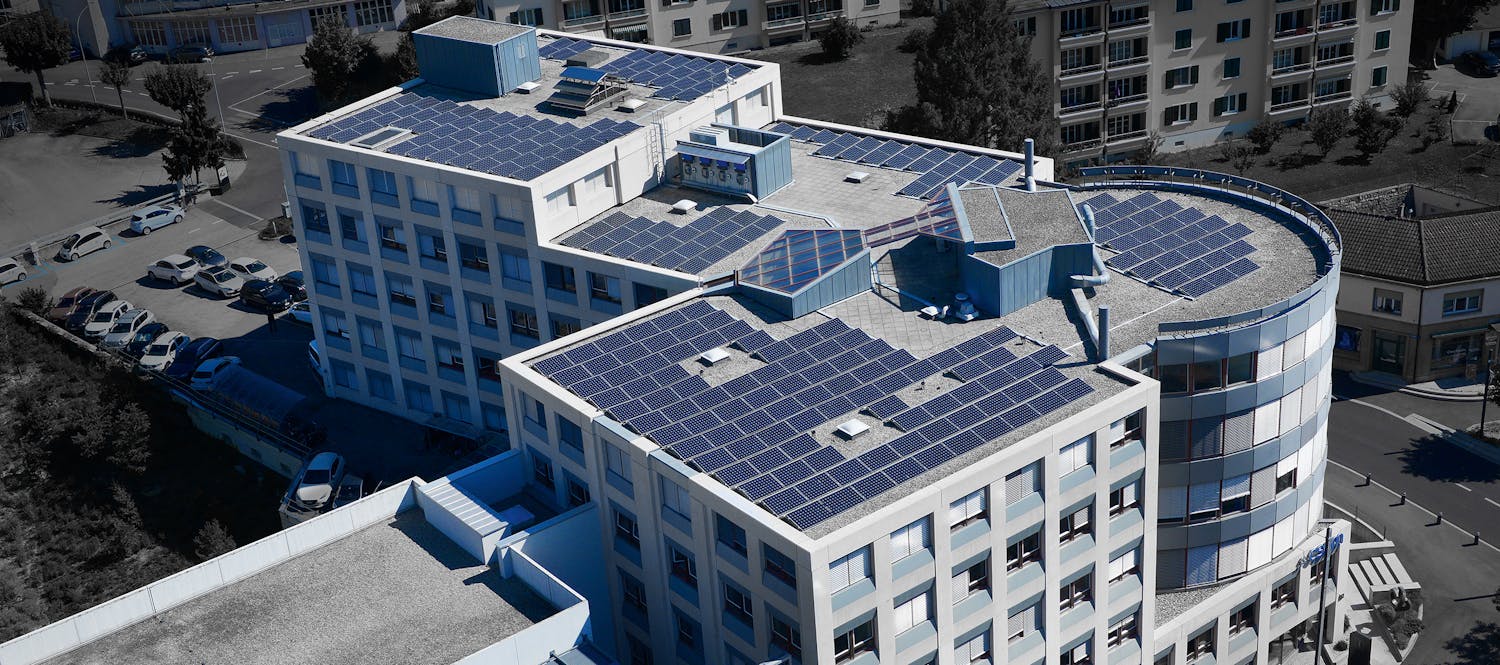
Since 1984, CSEM has been developing disruptive technologies and enabling a vibrant start-up culture in Switzerland
Neuchâtel, CH, famous for its long tradition of watchmaking and microtechnology is home to CSEM. CSEM was formed in 1984 when three microtechnology institutions the Center of Electronic Horology (CEH), the Swiss Foundation for Research in Microtechnology (FSRM), and the Swiss Laboratory for Watchmaking Research (LSRH) merged to become the Centre Suisse d'Electronique et de Microtechnique (CSEM). Numerous well-known Swiss companies supported the creation of our innovation center from the outset, and many became shareholders and continue to maintain strong links with us.
We are committed to both applied and industry-commissioned R&D. We act as a bridge and catalyst for the efficient transfer of technology and know-how between science and the Swiss economy, continually adapting our research focus to meet industry needs. This constant readaptation has taken us far beyond our historical ties in watchmaking. Beta 1, the world’s first electronic watch (developed by CEH with CSEM now the acting custodian for this breakthrough), paved the way for the use of microtechnology in domains other than watchmaking. These include automotive, medical, machine tools, and space exploration, with an even broader range of technological solutions.
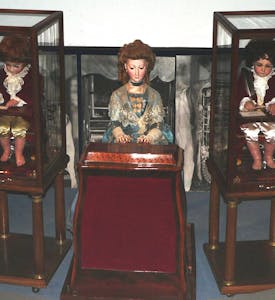
Famous Neuchâtel, CH, watchmakers Pierre Jaquet-Droz, son Henri-Louis Jaquet-Droz, and adopted son Jean-Frédéric Leschot create three automata: the writer, the draftsman, and the musician. They are still displayed at the MAHN museum in the City of Neuchâtel. Located at rue Jaquet-Droz 1, Neuchâtel, CSEM takes inspiration from these talented engineering fathers and names three meeting rooms after the automata.
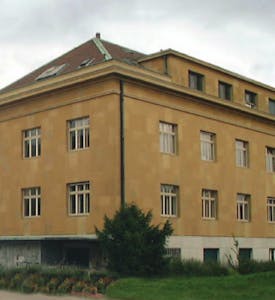
Creation of the Swiss Laboratory for Horological Research (LSRH) by the watchmaking umbrella organizations of canton Neuchâtel, CH, under an agreement with the University of Neuchâtel that it would create a center for higher education for watch technicians.

The Center of Electronic Horology (CEH) is founded to research and develop electronic watches in Switzerland and comprises of a consortium of approx. 20 Swiss watch manufacturers. By 1965 the CEH decides that quartz crystal was the best hope for creating the electronic watch.
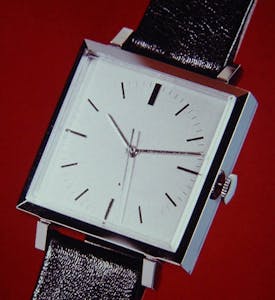
The CEH successfully produces the world’s first quartz wristwatch (known as Beta 1 and later Beta 2); the resulting watches are more accurate than mechanical timepieces. The official transition from astronomical time to atomic begins.
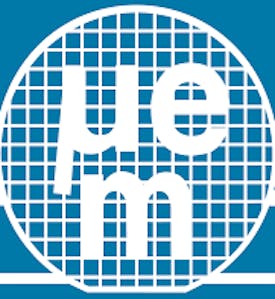
EM-Microelectronics is founded near Neuchâtel in Marin, CH. Its first activities include designing miniaturized integrated circuits with very low power consumption (microchips) for watches. Today, the company is a leading supplier of electronic circuits for battery and magnetic field applications.
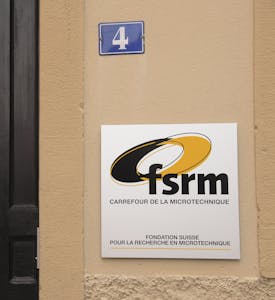
Foundation of the Swiss Foundtation for Research in Microtechnology (FSRM), on the initiative of the Confederation, 11 cantons, 3 cities, 12 associations, and 24 companies, with the mission of supporting microtechnology and its applications. The FSRM is the third core institute to merge with the CEH and the LSRH to form CSEM in 1984.
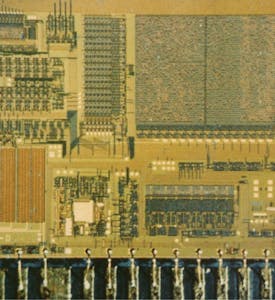
The first microprocessors are used in watches, and technologies such as CoolRisc™, enable this development without impairing battery life. Nearly 40 years and millions of chips later, CSEM’s advanced CoolRisc™ technologies are still integrated into new products.
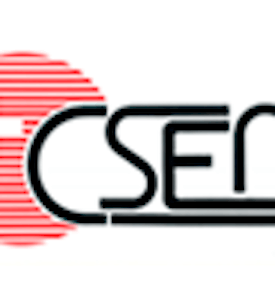
Transfer of the FSRM laboratories and creation of CSEM (Swiss Center for Electronics and Microtechnology), through the merger of 3 Neuchâtel institutes (CEH, FSRM et LRH). The center will focus on researching new microelectronic and microtechnologies considered essential for the future of Swiss industries.
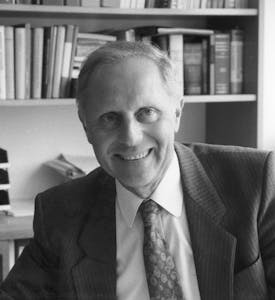
Max Forrer gains his diploma in electrical engineering from ETH Zurich, CH, in 1950; he goes on to receive his Doctorate from Stanford University, USA, in 1959. From 1963-1983 Forrer is the Section Head of Circuits at the CEH. In 1968, Forrer takes over as CEO of the CEH. Forrer participates directly in the creation of the world’s first quartz wristwatch. Forrer serves as CSEM’s CEO from 1984-1990 when he is replaced by Peter Pfluger. His dynamic direction allows the CEH and CSEM to make a name for themselves in the ultra-low-power microelectronics domain.
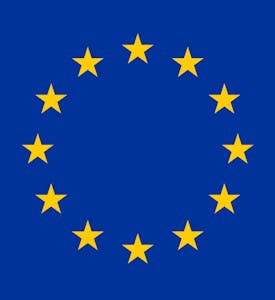
CSEM begins working on international research initiatives such as the European research program EUREKA to develop new designs and technologies of semiconductors with artificial intelligence (IMAGIA).
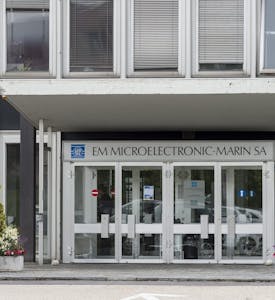
CSEM acquires a building owned by EM-Microelectronic in Marin, CH, where a community laboratory for microelectronic technology is formed in symbiosis with EM-Microelectronic and in collaboration with higher education bodies.

The Swiss Federal Council increases its support for companies involved in new technologies. This monetary injection enables CSEM to adapt its research activities and increase the volume of industrial mandates. By 1987 CSEM employs 216 people, five times more personnel than in 1984.
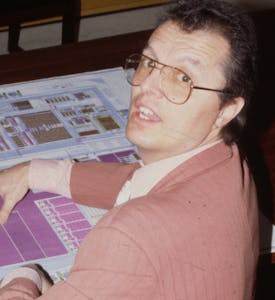
April 1, 1990, 37-year-old Peter Pfluger, a physicist with a diploma from ETH Zurich, CH, takes over CSEM’s CEO after working in Swiss and large companies abroad, including ABB. Pfluger uses his German language skills to promote CSEM’s national and international reputation in microelectronics. Pfluger is also instrumental in overseeing the development of CSEM’s activities at EM-Microelectronics. He will hold this position until 1997 when he is replaced by Thomas Hinderling.
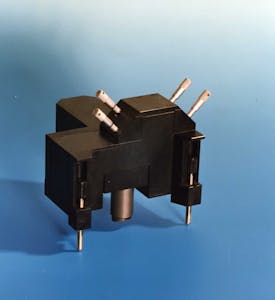
CSEM develops Europe’s first commercial standalone Atomic Force Microscope (AFM). These kinds of microscopes offer an extremely accurate and versatile technique for measuring surface topography at the nanoscale.
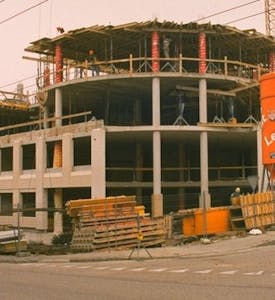
The Grand Council of the Canton Neuchâtel, CH, makes available a plot of land on the corner of the streets La Maladière and Jaquet Droz to build a new headquarters to create a more unified CSEM.
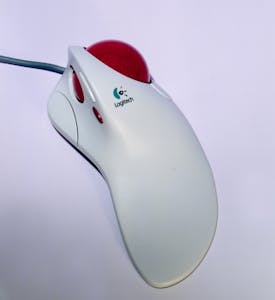
Production of the Logitech® TrackMan® Marble® trackball, the first large-volume computer mouse to use precision optical technology instead of mechanical motion to measure movement. The optoelectric system for the mouse was designed and developed by CSEM researchers working on bio-inspired techniques.
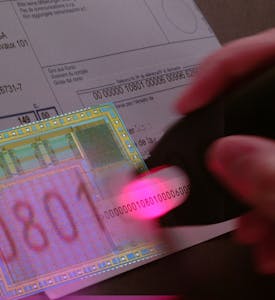
CSEM produces the very first fully integrated Convolutional Neural Network (CNN) chip for Optical Character Recognition (OCR) applications. The early beginnings of embedded machine learning!
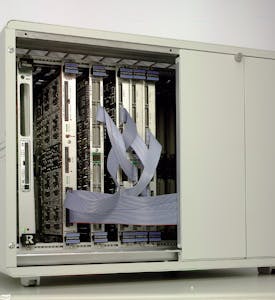
CSEM contributes to a major breakthrough in the telecommunications industry, by creating the world’s first Universally Mobile Telecommunication Systems (UMTS) demonstrator - 3G is born!
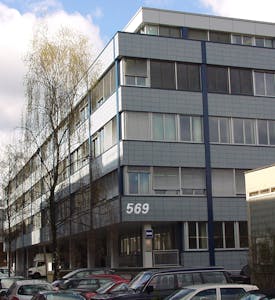
Integration into CSEM of the former micro-optical laboratories of the Paul Scherrer Institut, Zurich, CH. With the creation of its Zurich office, CSEM expands its technological offerings while strengthening its presence within Switzerland.
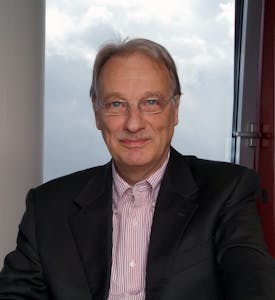
Thomas Hinderling studies nuclear physics at the University of Zurich and ETH Zurich, which he completes with a doctorate. He continues his professional activities for NASA, USA. He then worked in different industries in various management functions in Switzerland and Hong Kong.
The first organic light-emitting diode (OLED) fully produced at CSEM, starts to shine back in the year 2000. This marks the beginning of a new area of research at CSEM: optoelectronic organic material for microsystem applications.
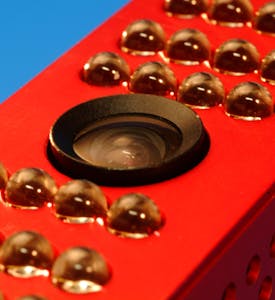
CSEM develops a 3D camera based on Time-of-Flight technology, integrated with a CSEM-developed artificial retina that provides amazing dynamic performances. In 2003, this 3D camera receives the 2003 IST Grand Prize Award – the most distinguished European award for technological innovation.
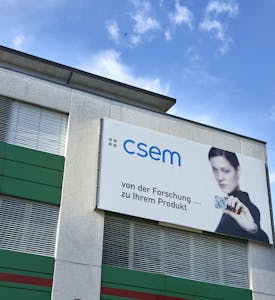
CSEM broadens its range of technological products and services by launching a new research center - CSEM Alpnach, CH. Alpnach’s focus centers on developing interaction and synergies in the domain of microrobotics. CSEM’s Microrobotics and Packaging Division is born.

CSEM registers its patent on a revolutionary method for manufacturing thermocompensated balance springs in oxidized silicon for mechanical watches. These balance springs offer mechanical watches unprecedented precision and reliability.
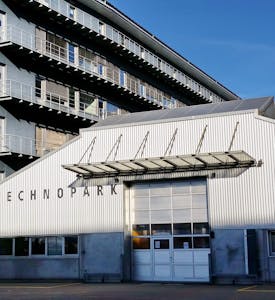
Having outgrown its Zurich premises after 10 years of occupation, CSEM moves to its Technopark site.
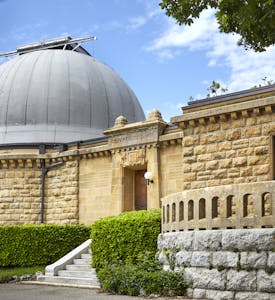
Integration of the Neuchâtel Observatory into CSEM to advance space-related technologies, leveraging its microsystem and miniaturization competencies. Twenty-two employees joined CSEM, while five joined the University of Neuchâtel's Time Frequency Laboratory (LTF) to continue research activities.
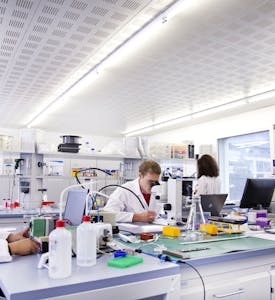
Another research center, CSEM Landquart, CH, is created with the support of the cantonal government of Graubunden; its objective is to develop new technologies and competencies in nanomedicine and strengthen the economic fabric of the Rhine Alpine Valley.
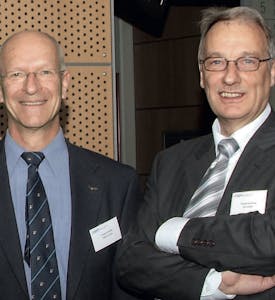
Appointment of Astronaut and physicist Claude Nicollier to the Board of Directors of CSEM, where he sits as Chairperson.
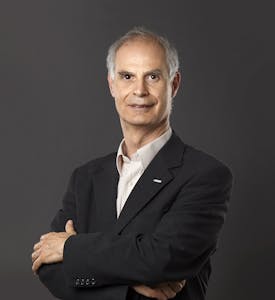
Mario El-Khoury studies electrical engineering at EPFL, CH, and Carnegie Mellon University, USA. He joins CSEM in 1994. In 2003, he takes over the head of the Systems Engineering Division and is promoted to Director of Operations in September 2008.
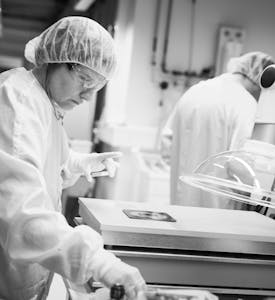
The center continues to strengthen its role at a national level, with CSEM Basel, CH, moving to a new location in Muttenz, with the support of the Canton Basel-Landschaft. The new site was dedicated to polytronics.
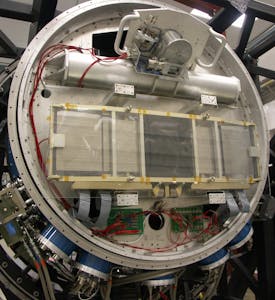
CSEM works on MOSFIRE, a new instrument that can analyze the infrared radiation emitted by stars and provide data on their composition, temperature, and more. MOSFIRE allows the discovery of the most distant galaxy ever found at the time and measured its distance from Earth.
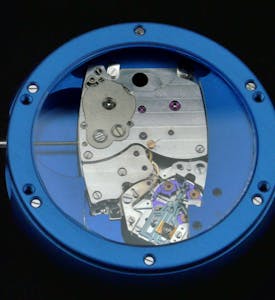
In collaboration with Vaucher Manufacture Fleurier, CSEM develops a revolutionary mechanical watch regulator to replace the traditional Swiss lever escapement. This innovation reduces the energy consumption of a watch movement by up to six times.
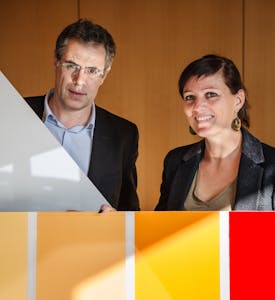
CSEM develops the world’s first pure white (and assorted colored) PV panels, thanks to a new technology to make solar modules with no visible cells or connections. This solar cell technology can convert infrared solar light into electricity with a selective scattering filter.
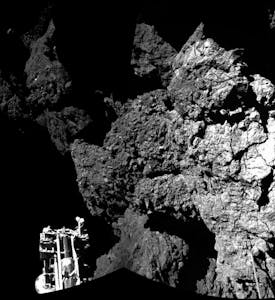
CSEM participates in the development of seven high-definition cameras on the Rosetta space probe, which launches in 2004. The craft arrives at comet 67P in August 2014. The high-tech cameras capture the first-ever 360° panoramic images of a comet's surface from the ground.

The Canton of Neuchâtel, Viteos, and CSEM inaugurate a PV innovative facade that catches the eye with both its ultra-design look and its blend of innovative technologies. This marks a turning point in the integration of PV solar panels, paving the way for modern and attractive solar architecture.

First commercial solution based on Semtech’s LoRa® tech for GPS-free geolocation of connected devices. This technological breakthrough allows the geographical tracking of end-nodes without any material impact on bill of materials or battery life.
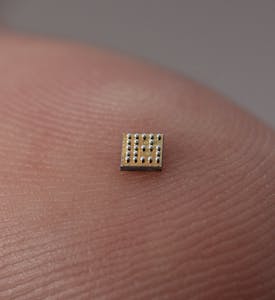
CSEM helps develop the world's smallest Bluetooth chip available on the market. The 100% Swiss-made chip is co-designed by EM-Microelectronic, Swatch Group R&D, and CSEM. The ultra-miniaturized electronic component is crucial for the densification of functions needed for portable electronic devices and for the IoT.
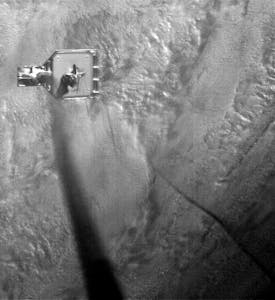
The European project RemoveDEBRIS designs and tests technologies for managing space junk. CSEM provides the “eyes” that accurately locate and track debris in space. The project’s “hunter” satellite completes three experiments that prove the long-term reliability of CSEM’s vision-based sensor.
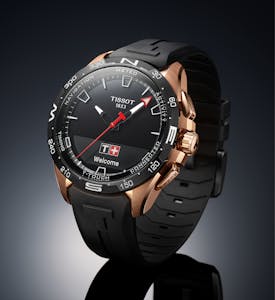
Tissot launches its Tissot T-Touch Connect Solar, a Swiss watch that combines tradition with related functionalities and guarantees six months of autonomy. CSEM develops the watch’s unique photovoltaic dial and provides expertise for a customized, ultra-low-power operating system, SwALPs.
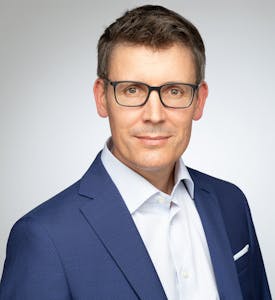
Alexandre Pauchard graduates in physics from ETH Zurich and obtains a PhD in microtechnology from EPFL. He has held several positions of responsibility in start-ups and SMEs including Synova SA, ID Quantique, Nova Crystals, and most recently, BOBST.

CSEM Muttenz moves to the Swiss Innovation Park in Allschwil.
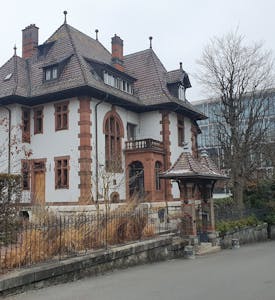
CSEM opens its new office, located close to University Hospital Bern, and illustrates its continued growth and commitment to develop in the domain of digital health, specifically in wearable medical devices.
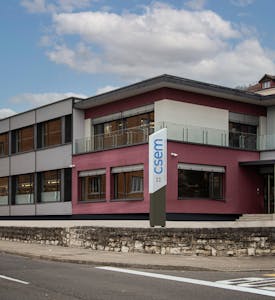
On this site, interdisciplinary teams will work on the "battery of tomorrow" in close partnership with local companies. This facility is the only one of its kind in the country – and is therefore an important guarantee for Switzerland's competitiveness.
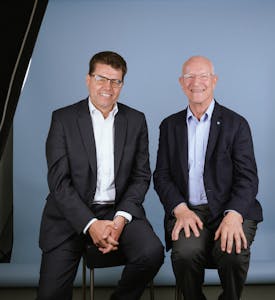
Appointment of business entrepreneur Andreas Rickenbacher to the board of directors of CSEM, where he sits as Chairperson. He succeeds Claude Nicollier, who held the post for 16 years.
CSEM is currently working on hundreds of technology projects to benefit industrial partners. Approximately 10% of these projects are based on start-up ideas, formed in collaboration with universities and with the Swiss federal institutes of technology. To help foster the creation of start-ups within our ecosystem, we have launched a new initiative called ACCELERATE, which encourages and supports emerging, innovative companies by providing them with access to our knowledge and infrastructure.
That’s how we help mature their ideas so that these companies are ready to begin their start-up journey to success. We work with entrepreneurs to establish start-ups as a means of reinforcing our mission, driving technology transfer, and supporting job creation in Switzerland. We have created more than 50 start-up companies and spin-offs over the past 40 years, with several successful buyouts from renowned companies such as Analog Devices, Cognex, Semtech, Anton Paar, Safran, Veolia Water Technologies, and AMS.